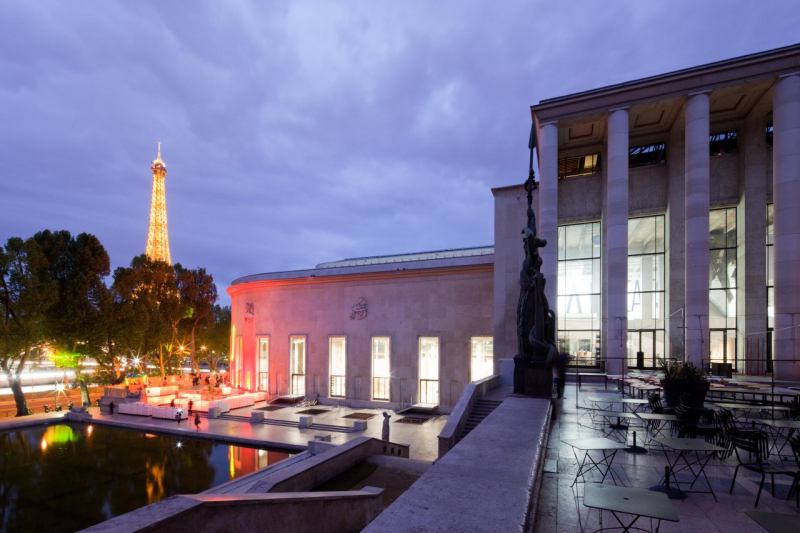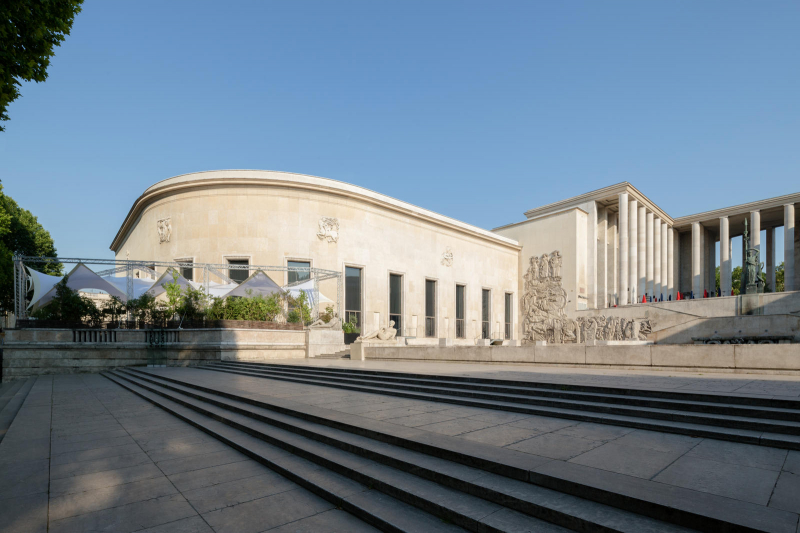Palais de Tokyo
Many people believed the Palais' minimalist interior was a design statement when it first opened in 2002. In truth, it was a result of financial constraints. The 1937 structure has evolved into an open-plan venue with a skylit center hall that hosts exhibitions and events. Extended hours and a hip café have attracted a younger crowd, and the roster of performers is remarkable (Pierre Joseph, Wang Du and others). The name is a throwback to the 1937 Exposition Internationale, but it also serves as a reminder of ties to a new generation of Far Eastern artists.
From 7000 to 22,000 square meters, the gallery has expanded. Lacaton & Vassal elected to stick to their original restoration, which left everything in its natural state — material honesty. As a result, when they broke into an underused basement, the relics of the breaking-in process were celebrated and left exposed, rather than plastered up. The building elements are allowed to age naturally, adding to the patina of a structure that has existed for over a century, free of the normal clean-room atmospheres of other museums. Though the lower basement layers have a tomb-like feel to them, the upper levels are bathed in sunlight through glass roofs.
Another intriguing feature of the museum is its lack of pre-determined pathways, which are common in other galleries. The visitor to Palais is allowed to roam and explore the building's below-ground grotto and upper-level display areas without restriction. The rawness of the materials, juxtaposed with the minimal imposition of technology, such as strip lights screwed into existing brick or exposed cables flowing through the galleries, maybe what distinguishes Palais de Tokyo from its sibling museums.
Location: 13 Avenue du Président Wilson, Paris, IdF 75116
Website: https://palaisdetokyo.com
















